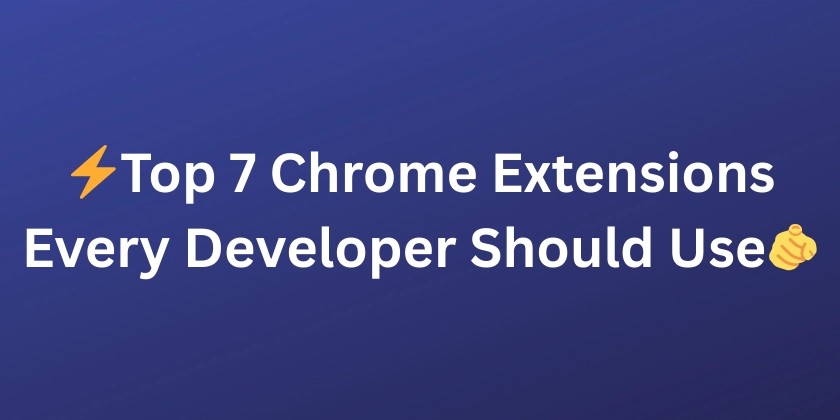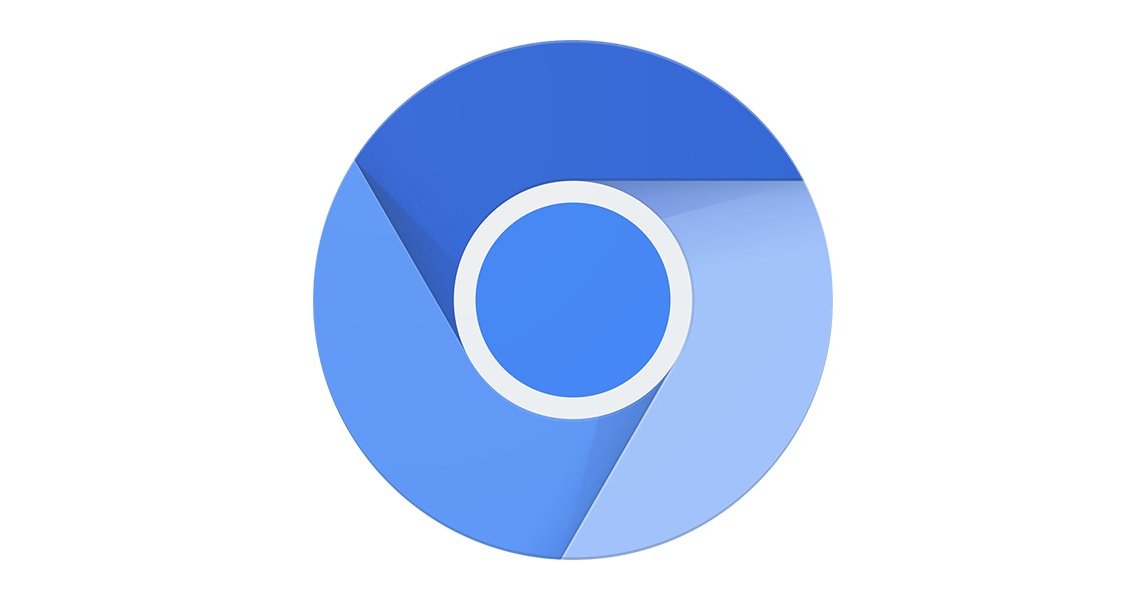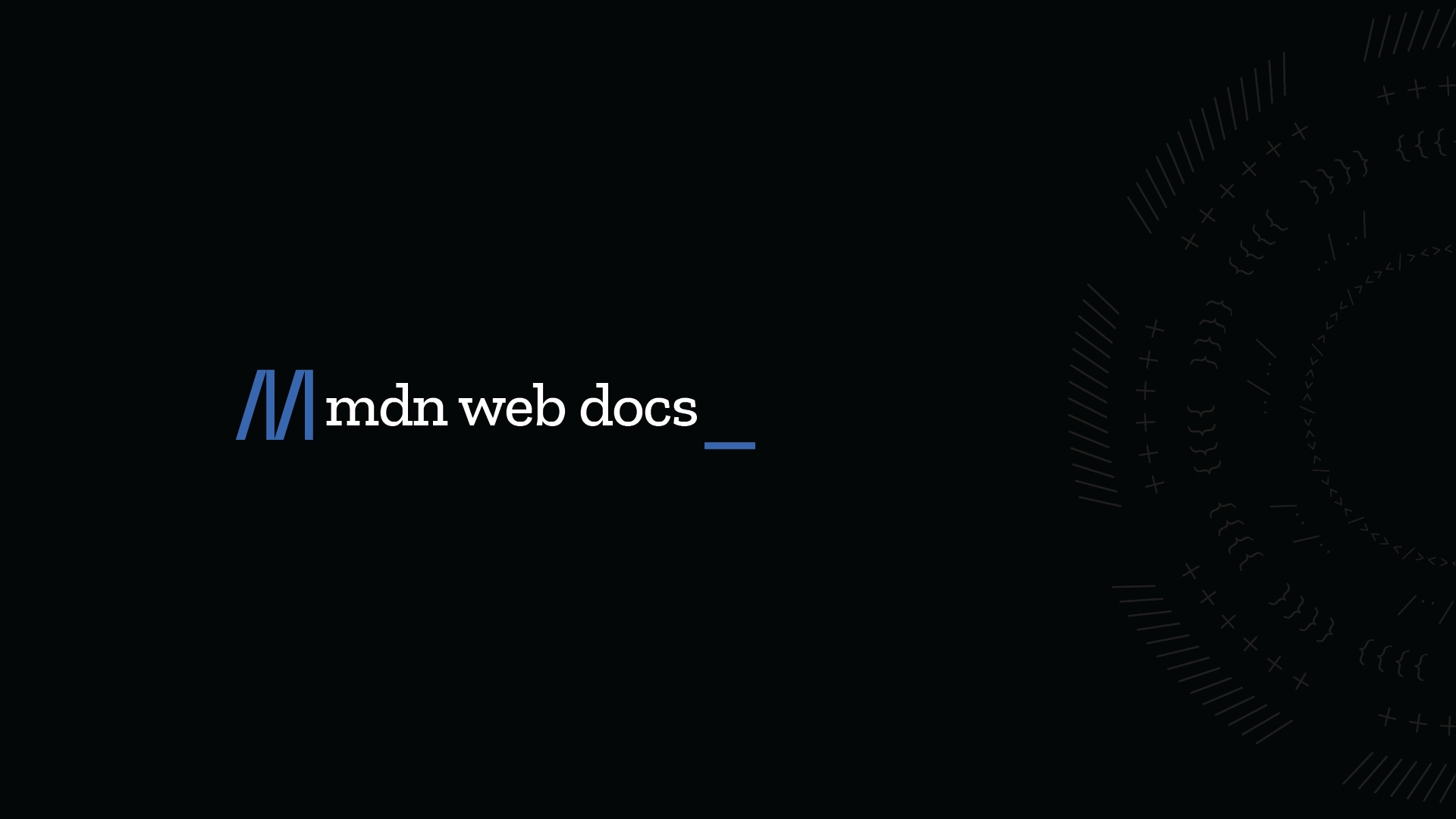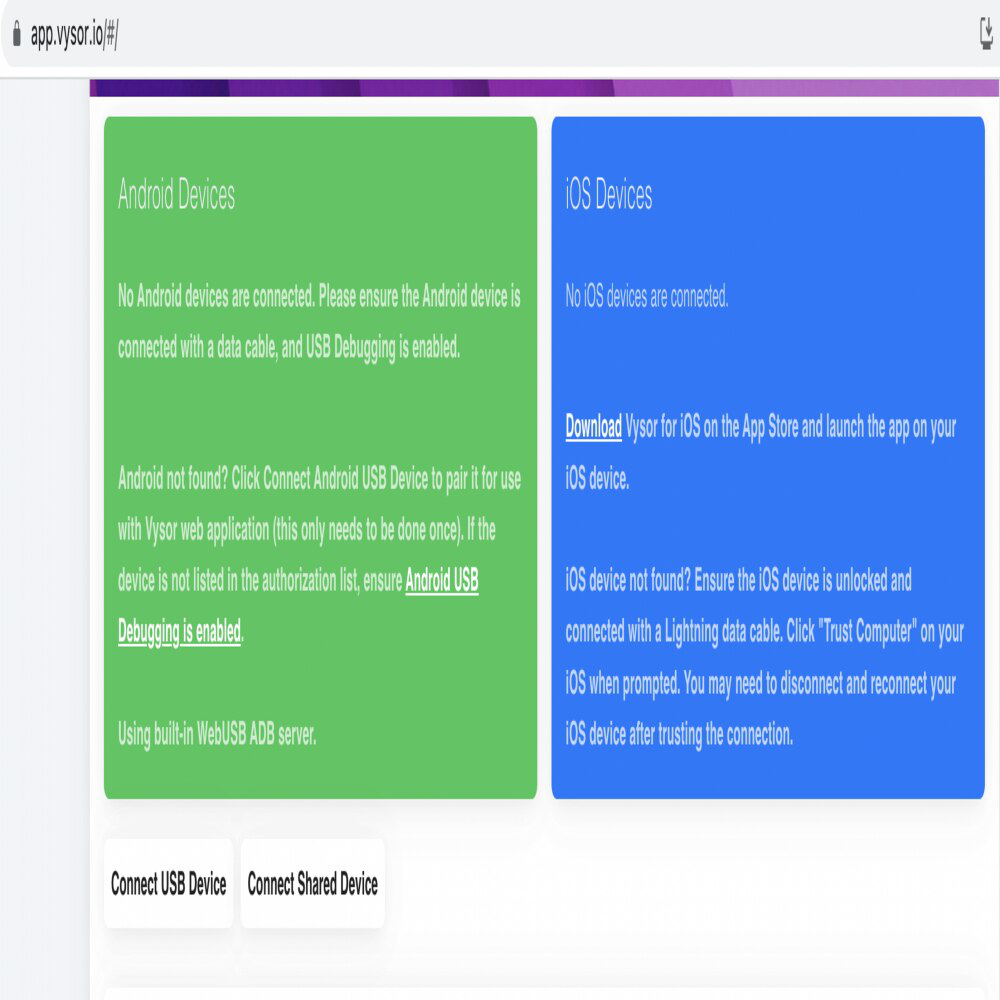
Navigating the Privacy Sandbox: Your Guide to Q1 2025 Updates & Changes
The digital advertising landscape is constantly evolving, and staying informed is key. This guide breaks down the essential updates from the Privacy Sandbox initiative during Q1 2025, ensuring you’re prepared for what’s next. We'll cover the most impactful changes and how they might affect your strategies.
Understanding the Privacy Sandbox Initiative
The Privacy Sandbox aims to create a more private web, replacing third-party cookies with privacy-preserving alternatives. This initiative is reshaping how advertising works, focusing on user privacy while still allowing for effective advertising solutions. Keeping up with the changes is vital for advertisers and website owners alike.
Key Takeaways from the Q1 2025 Privacy Sandbox Feedback Report
The Q1 2025 report reveals important insights. Let's dive into the top takeaways regarding the Privacy Sandbox and how to prepare for them:
-
Increased Focus on Privacy-Preserving APIs: Greater emphasis is being placed on utilizing APIs like the Topics API, Protected Audience API, and Attribution Reporting API. These APIs provide privacy-centric ways to target ads and measure campaign performance.
-
Phasing Out Third-Party Cookies: The deprecation of third-party cookies is progressing. It's crucial to implement alternative solutions to avoid disruptions to advertising efforts.
-
User Control and Transparency: The Sandbox puts user control and transparency at the forefront. Giving users more control over their data and how it's used for advertising is increasingly important.
Impact on Digital Advertising Strategies
The Privacy Sandbox impacts various advertising strategies. Here's how:
-
Targeting: Traditional targeting methods relying on third-party cookies are becoming obsolete. Contextual advertising, first-party data strategies, and the Topics API are gaining importance.
-
Measurement: Accurate campaign measurement is key. The Attribution Reporting API offers privacy-preserving ways to measure conversions, but it requires adjustments to current tracking methods.
-
Personalization: Personalization must evolve. Focusing on on-device processing and aggregated data can help deliver relevant experiences while respecting user privacy inside the sandbox.
Preparing for the Future of Advertising with the Privacy Sandbox
Staying ahead of Privacy Sandbox changes requires proactive planning. Consider these steps:
-
Experiment with New APIs: Start testing the Topics API, Protected Audience API, and Attribution Reporting API to understand their capabilities and limitations.
-
Strengthen First-Party Data: Invest in building strong first-party data relationships with customers. This will become even more vital as third-party cookies disappear.
-
Embrace Contextual Advertising: Explore contextual advertising options to reach relevant audiences without relying on personal data.
-
Prioritize User Privacy: Make privacy a core value in your advertising practices. Be transparent with users about how their data is used and give them control over their preferences.
Resources for Staying Informed
- Privacy Sandbox Official Website: The official site offers documentation, updates, and developer resources.
- Industry Publications: Stay up-to-date with the latest news and analysis from reputable marketing and advertising publications.
- Community Forums: Engage with other professionals in online forums to share insights and learn from each other. The Privacy Sandbox is an evolving initiative and community knowledge is key.
The Privacy Sandbox presents both challenges and opportunities. By proactively adapting to these changes, you can build advertising strategies that are both effective and privacy-respecting. Stay informed, experiment with new solutions, and prioritize user privacy for long-term success.











